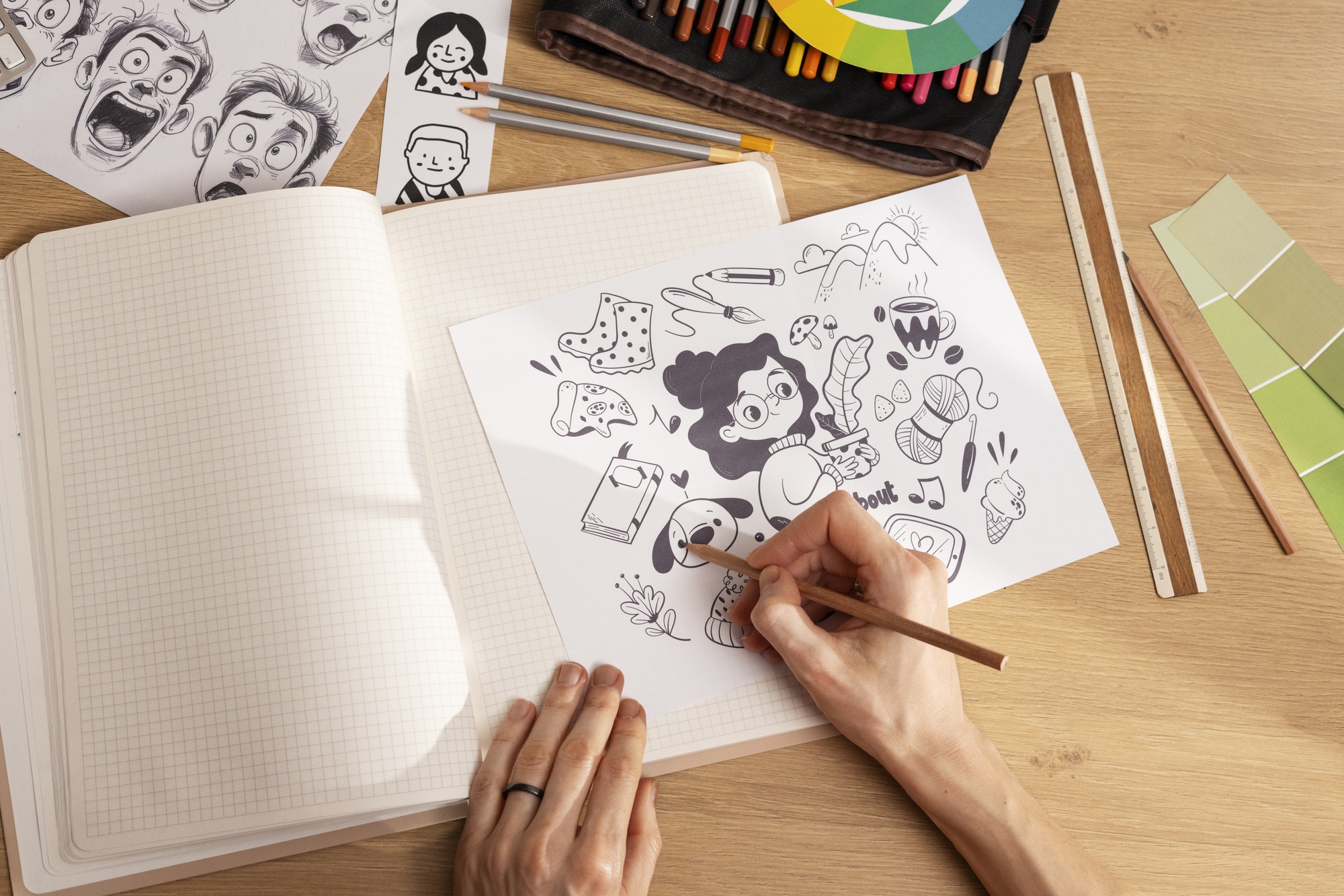What To Draw And How To Draw It Book

In an age where digital marketing strategies reign supreme, the power of the pen—and the creative thought process behind it—has never been more vital. “What to Draw and How to Draw It,” a time-honored guidebook by E.G. Lutz, emerges as an unexpected but invaluable asset for today’s marketing professionals. This blog explores how these classic drawing lessons can transcend time and technology to bolster creativity, enhance storytelling, and inspire innovative marketing solutions.
Read More: What To Eat For How You Feel
Reconnecting with the Basics:
- At first glance, “What to Draw and How to Draw It” might seem quaint, a relic of a bygone era with its simple line drawings and step-by-step instructions. Yet, in its simplicity lies its genius—a reminder that complexity isn’t a prerequisite for effective communication. For marketers, revisiting these basic forms of creativity can be a grounding exercise, enabling a clearer vision amidst the noisy digital landscape.
Sparking Creativity:
- Creativity often begins with a blank canvas; in this case, the empty screen or strategy session. The book’s methodical approach—starting with simple lines and shapes to create complex images—mirrors the marketing campaign development process. By breaking down big ideas into manageable parts, marketers can tackle elaborate campaigns, identifying key messages and mediums with ease and precision.
Enhancing Visual Storytelling:
- As visual content continues to dominate, the ability to quickly sketch a concept or storyboard an idea is invaluable. “What to Draw and How to Draw It” equips marketers with the foundational skills to do just that. This not only aids in the internal process of campaign development but also enhances the ability to communicate ideas to clients and team members visually.
Boosting Innovative Thinking:
- One of the book’s underlying lessons is the encouragement to see the world differently—to visualize the complex in the simple and the extraordinary in the ordinary. For marketing professionals, this perspective is essential for innovation. It’s about seeing the product, the message, or the medium from angles competitors haven’t explored. Drawing, even at its most elementary, fosters this out-of-the-box thinking.
Practical Applications in Campaigns:
- Incorporating hand-drawn elements into digital campaigns can offer a touch of authenticity and sincerity that resonates with audiences. Whether it’s a simple doodle animation explaining a product or sketched icons infusing a brand’s visual identity with personality, these elements stand out in a sea of polished graphics. “What to Draw and How to Draw It” provides the techniques to create these engaging, memorable components.
Read More: Reed’s Market Digital Coupons
Drawing It All Together:
- For the modern marketing professional, stepping back from the keyboard to pick up a pencil might seem counter intuitive. Yet, it’s within this shift—from pixels to paper—that creativity can flow more freely. “What to Draw and How to Draw It” is more than a guide to drawing; it’s an invitation to unlock a different mode of creative thinking, one that can distinguish an ordinary campaign from an extraordinary one.
Conclusion What To Draw And How To Draw It Book
- In integrating the timeless teachings of E.G. Lutz into contemporary marketing strategies, professionals not only pay homage to the art of drawing but also leverage it as a powerful tool in the digital age. This blend of old and new, simplicity and technology, serves as a potent formula for compelling storytelling and innovative marketing solutions that truly resonate in today’s fast-paced world.



